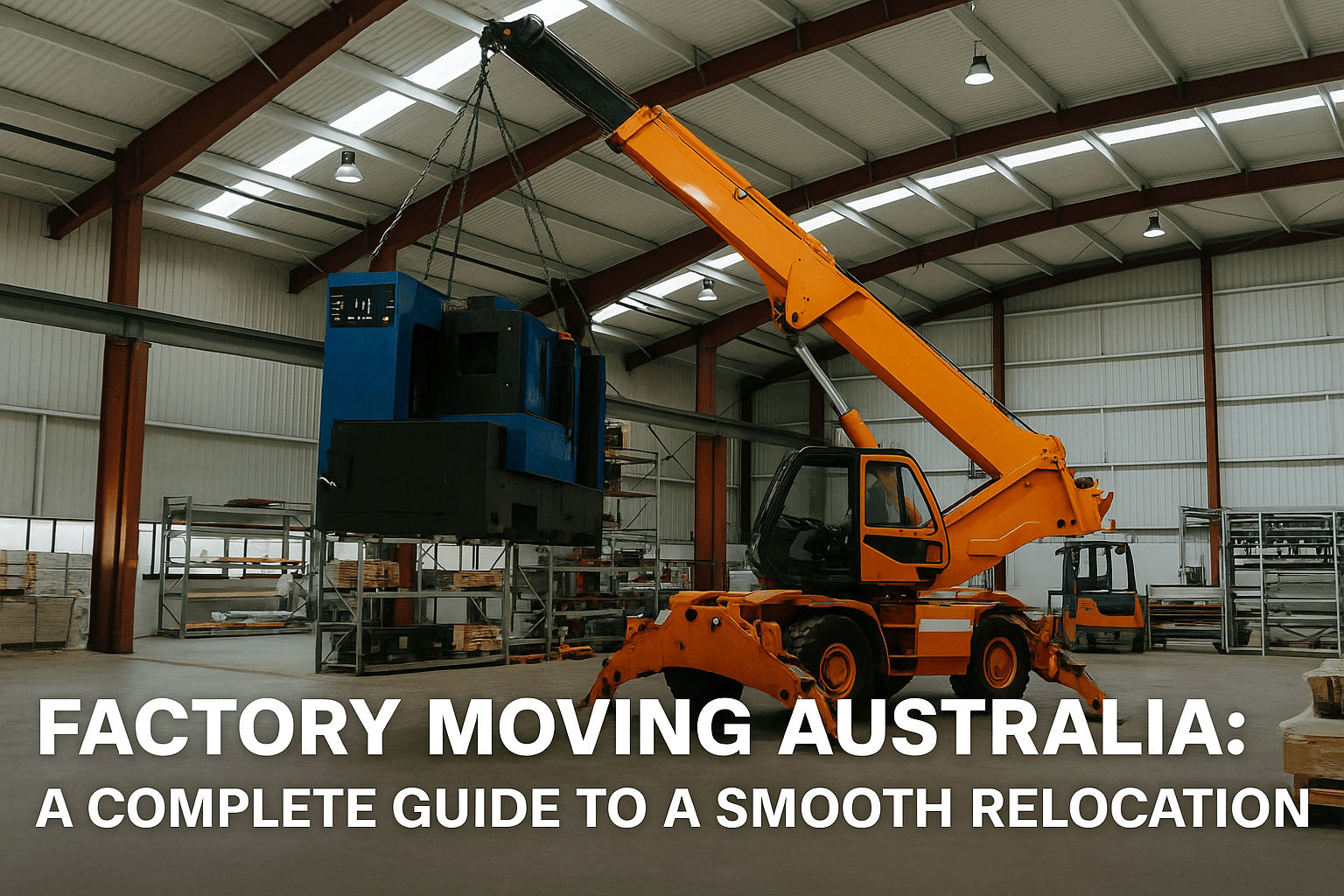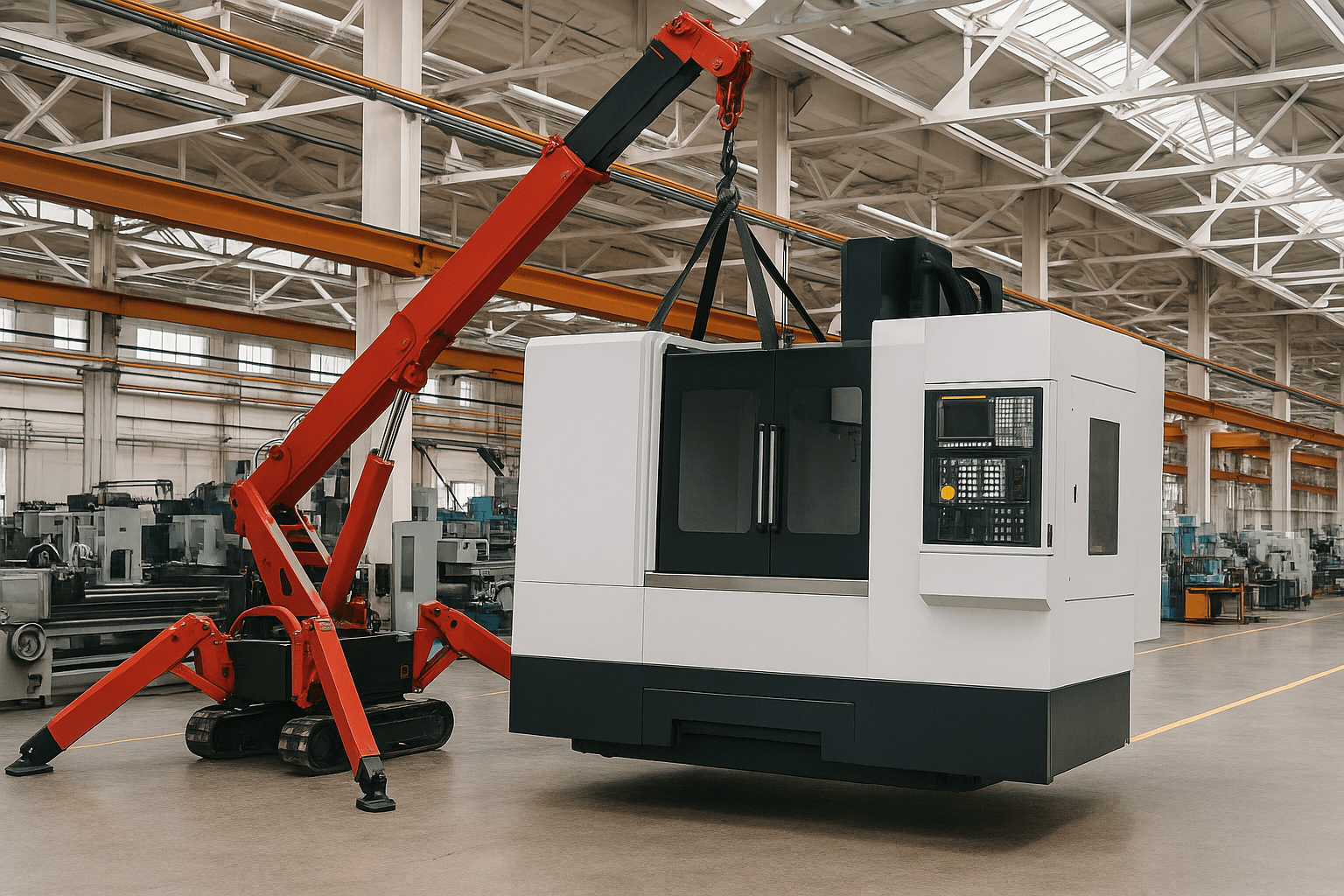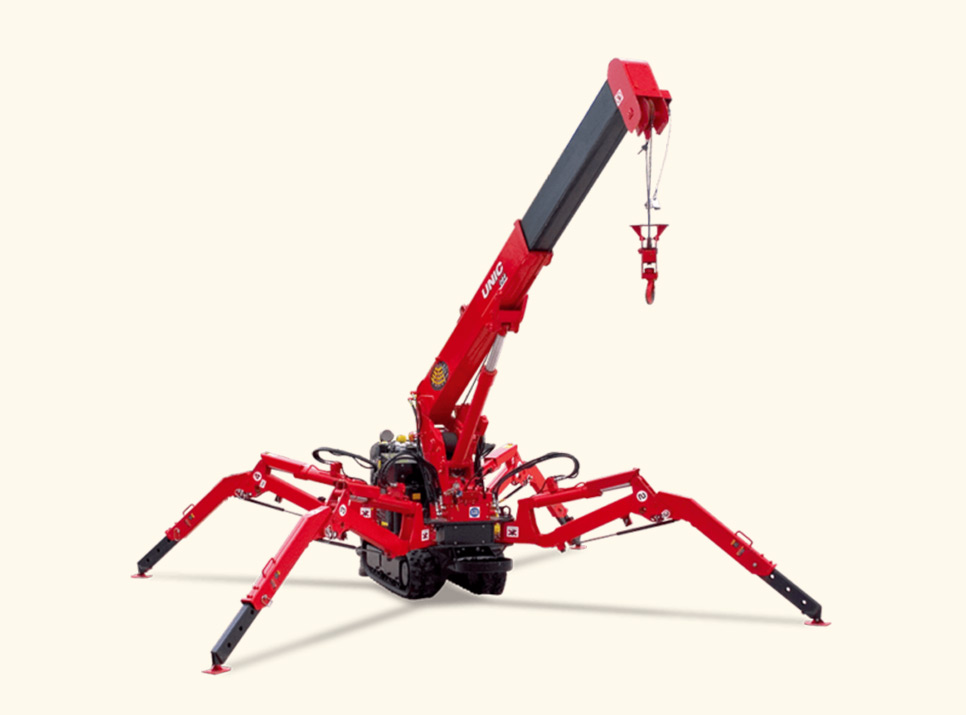
Relocating a factory is a major operation that demands careful planning, organization, and expert handling. In Australia, where industries continue to grow and expand across cities like Sydney, Melbourne, Brisbane, and Perth, factory moving services are increasingly in demand. Whether you are upgrading to a larger facility, repositioning your business, or consolidating operations, a successful move can be the key to future growth. This guide will help you understand everything involved in factory moving Australia and how to achieve a seamless transition.
Understanding the Complexity of Factory Moves
Factory moving is very different from a typical office or residential move. It often involves the relocation of heavy machinery, specialized equipment, large inventory, and sensitive technology. Each piece of equipment needs to be safely dismantled, transported, and reassembled at the new site. Planning every detail is critical because even small mistakes can lead to costly downtime or damage.
In Australia, the logistics of factory relocation often involve coordinating between transport providers, local authorities, and internal teams. Environmental regulations, road transport permits, and health and safety standards must be carefully adhered to during every phase of the move.
Why Professional Factory Movers are Essential
Hiring a team with the expertise and resources to handle large-scale moves is essential for success. An experienced company like Machinery Transfers & Relocations ensures that the project is completed on time and within budget. They offer end-to-end services that include pre-move planning, equipment decommissioning, heavy lifting, specialized transport, and reinstallation at the new facility.
Professionals understand the correct techniques for lifting and handling fragile and valuable machinery. They also ensure that all health and safety requirements are met, minimizing risks for your staff and avoiding unnecessary delays.
Key Steps for a Successful Factory Move in Australia
1. Initial Planning and Assessment
Every successful move begins with a detailed plan. A complete site survey of both the existing and new locations must be conducted. This helps identify potential challenges and outline the necessary equipment, manpower, and transportation needed for the job.
Timeline planning is equally crucial. Every stage of the relocation must be scheduled meticulously to avoid any interruption to production lines, customer orders, or other critical operations.
2. Inventory and Documentation
Create a full inventory of all machinery, tools, parts, and supplies. Proper documentation ensures that every item is accounted for and safely relocated. Each machine should also be photographed, labeled, and noted for its condition before moving.
Documentation is especially important if your equipment requires disassembly and reassembly by specialized technicians.
3. Decommissioning and Dismantling
Machinery must be properly decommissioned before being moved. This includes draining fluids, disconnecting electrical wiring, and ensuring mechanical parts are secured for transport. In Australia, compliance with workplace health and safety standards is mandatory at this stage.
Engaging experts in Commercial Strip Outs can be valuable if you are vacating a leased premises and need to remove all equipment, partitions, and fittings as part of your end-of-lease obligations. Strip outs must be conducted carefully to avoid damage to the structure and to comply with lease agreements.
4. Safe Transport and Handling
Once dismantled, machinery must be loaded using the correct lifting equipment such as cranes, forklifts, or hydraulic jacks. Secure loading, strapping, and protection against the elements are essential to avoid damage during transit.
Professional movers ensure that transport routes are carefully planned, including gaining any permits required for oversized loads. Road closures, bridge weight limits, and local council approvals are important considerations for factory moving in cities across Australia.
5. Installation and Testing at the New Site
Upon arrival, machines must be positioned according to a carefully designed floor plan. Correct positioning affects workflow efficiency, safety, and productivity. Skilled technicians reinstall, reconnect, and test each piece of equipment before operations resume.
The final step is a thorough inspection to ensure that everything functions correctly and that any minor repairs or adjustments are promptly addressed.
Challenges in Factory Moving Australia
Factory relocations come with unique challenges. One of the biggest is minimizing downtime. Every hour your production is offline can cost thousands of dollars. Proper planning and execution can dramatically reduce downtime and allow your team to return to full operations quickly.
Another challenge is maintaining compliance with Australian regulations. Occupational health and safety standards, environmental laws, and transport regulations must all be observed throughout the move.
Weather conditions, especially in coastal cities, can also cause unexpected delays. Having contingency plans in place helps manage such risks effectively.
Choosing the Right Factory Moving Partner
Selecting the right relocation partner is critical to the success of your move. Look for a company with proven experience in factory relocations across Australia. They should offer a full range of services from dismantling to reinstallation, understand compliance requirements, and have specialized equipment for handling heavy machinery.
Machinery Transfers & Relocations stands out as a trusted name in the industry, offering expert relocation services tailored to meet the specific needs of each client. Their team ensures that factory moving projects are handled with the utmost precision and care.
Ask potential providers for references from past clients, and ensure they offer insurance coverage for the entire moving process. Transparent pricing, a detailed relocation plan, and excellent communication are also important qualities to look for.
How to Prepare Your Team for the Move
A successful factory move also depends on how well your internal team is prepared. Communication is key. Ensure that all employees are informed about the moving schedule and any changes to their work responsibilities during the transition.
Assign a dedicated internal project manager to coordinate with the relocation company and monitor progress. Employee training may also be required if new machinery is installed or workflows are modified at the new site.
Conclusion
Factory moving Australia is a complex but rewarding process when done right. Careful planning, skilled professionals, and attention to detail are essential to achieving a smooth transition with minimal downtime. Whether you’re relocating across town or interstate, choosing the right partner makes all the difference.
By working with experienced professionals like Machinery Transfers & Relocations, businesses can relocate with confidence, knowing that their valuable equipment is in expert hands. With proper preparation, your new factory location can become the foundation for even greater success in the future. View our recent projects.
Moving a factory safely in Australia starts with proper planning and hiring experienced factory movers. Here you may trust us, Machinery Transfers & Relocations. First, we do a full site assessment and create an inventory of all machines. Then, our movers properly decommission, pack, and label each unit before transport. We use cranes, forklifts, and tight-access equipment to handle heavy or delicate machinery. Not only that, we also manage transport permits, follow safety standards, and reinstall everything at the new site.
Hiring professional factory movers in Australia saves time, money, and stress. They have the skills, cranes, and vehicles needed for large and complex machinery. The experts also understand local transport rules and workplace safety laws, so nothing gets overlooked. A good team plans every detail, from dismantling to reinstallation, which reduces downtime and prevents costly damage. Trying to move heavy industrial equipment on your own can be unsafe and expensive if mistakes happen. Here, you may trust us for this job!


One reply on “Factory Moving Australia: A Complete Guide to a Smooth Relocation”
Hey! I just want to give an enormous thumbs up for the good info you’ve right here on this post. I will likely be coming back to your blog for more soon.